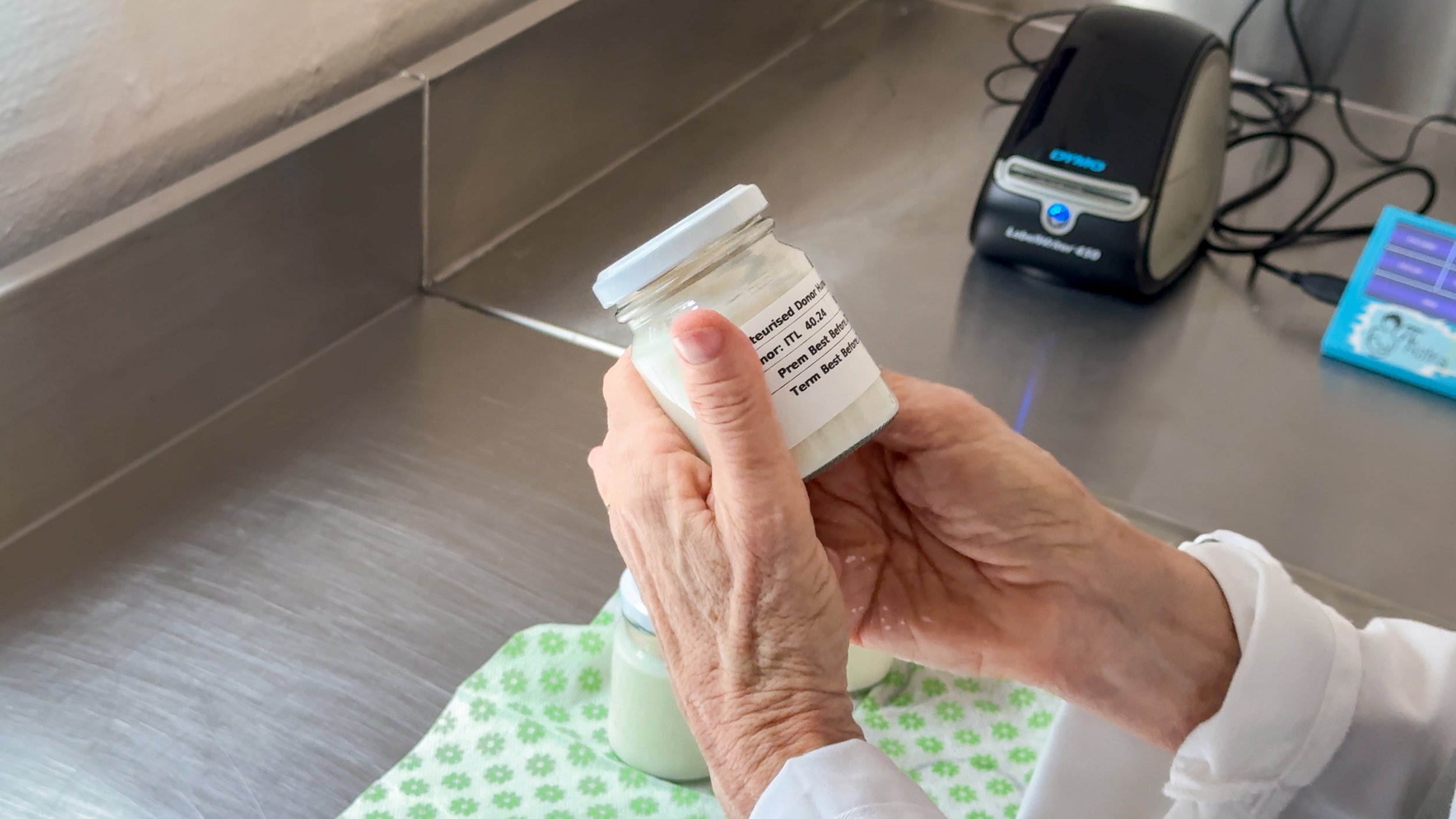
Background Information on Human Milk Banking
Research has demonstrated the benefits of using donated human milk in very low birthweight infants and other infants whose mothers cannot provide them with their own breastmilk, therefore resulting in a substantial increase in the number of human milk banks (HMBs) around the world.
The majority of human milk banks currently operate in the wealthy nations since a lack of infrastructure; insufficient funding; lack of regulation and guidelines; are some of the challenges which prevent the scale-up of milk banks. The availability of low-cost yet high-tech, environment- and user-friendly pasteurisers therefore goes a long way to making Human Milk Banking more accessible and feasible in the poorer nations.
Donor milk banks strengthen support for breastfeeding within hospital settings, by both increasing awareness of the importance of breast milk and by encouraging and supporting women to establish their supply to provide milk for their own baby.
When women are unable to provide their infants with breast milk, human milk banks step into the gap and provide pasteurised donated human milk. This is especially needed for preterm low-birthweight infants, all the while supporting the mother to resume providing her own breast milk for her baby.
Vigilance is needed to ensure that donor human milk is not sold for a profit and that donors are protected from exploitation from the commercial human milk industry. See reference attached about these hazards.
How is Human Milk managed in Donor Human Milk Banks (HMBs)?
Most HMBs are based in Neonatal Intensive Care units in hospitals and are managed by a multidisciplinary team of medical staff. Some milk banks are based in community settings to feed vulnerable babies in the community. Healthy donor mothers are recruited from within the hospital or community and are screened for lifestyle diseases and have certain blood tests done. Milk is frozen in containers provided by the hospital and is either dropped off by the donor mothers at the bank or assigned depots or collected by volunteers. The donor milk is defrosted, pasteurised, microbiologically tested and then stored frozen until it is needed for vulnerable infants.
History of HMBs in South Africa
In South Africa Human Milk Banks existed informally in many hospitals, but these were closed as a result of HIV/AIDS as donors were not screened and milk was not pasteurised before it was administered to infants. The discovery that the Holder Method of pasteurisation killed the HIV virus, resulted in milk banks again opening, but with strict screening procedures for donor mothers and the pasteurisation of all donor milk.
In 2000 Prof. Anna Coutsoudis, from the Department of Paediatrics at the University of Kwazulu-Natal, started the iThemba Lethu Breast Milk Bank in Durban to feed babies orphaned or abandoned as a result of HIV. UNICEF provided money for the first pasteuriser and the while adoptive families were sought for these infants, they received donor milk and this made a remarkable difference in the quality of their lives. An evaluation of the impact of donor milk for vulnerable orphans was conducted in 2018 and it was shown to have a positive impact
References:
Reimers P, Shenker N, Weaver G, Coutsoudis A. Using donor human milk to feed vulnerable term infants: a case series in KwaZulu Natal, South Africa. Int Breastfeed J. 2018 Sep 10;13:43. doi: 10.1186/s13006-018-0185-6. PMID: 30214466; PMCID: PMC6131835
Prof. Coutsoudis, with additional funding from UNICEF, then assisted with the establishment of milk banking in the Western Cape (Milk Matters) in 2001/2 and then breast milk banking in Gauteng (South African Breast Milk Reserve). Since these early beginnings there has been a large increase in human milk banking in both private and public institutions. The Department of Health has now taken over the regulation of milk banking in South Africa. Human milk is classed as a tissue and as such will be governed by the Human Tissue Act 65 of 1983.
